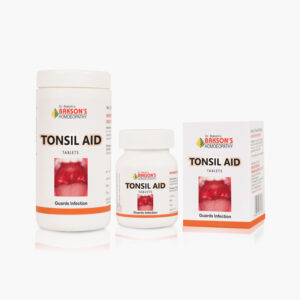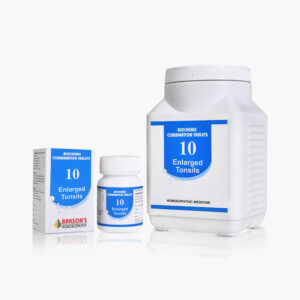What is Tonsillitis?
Tonsillitis is the inflammation of tonsils and is caused due to viral or bacterial infection and presents as a sore throat when uncomplicated. The tonsils are composed of Waldeyer’s ring along with the adenoids (nasopharyngeal tonsil), tubal tonsil, and lingual tonsils. They serve as an important defence against inhaled or ingested pathogens by providing the initial immunological barrier to external impressions.
The incidence of tonsillitis varies and the disease makes up to almost 1.3% of the outpatient visits.
Causes
Tonsillitis is caused by both bacteria and viruses. The most common viral causes are usually those that cause the common cold, including rhinovirus, respiratory syncytial virus, adenovirus, and coronavirus.
Bacterial infections are typically due to group A beta-hemolytic Streptococcus (GABHS), but Staphylococcus aureus, Streptococcus pneumoniae and Haemophilus influenzae.
Sign and symptoms
Symptoms of acute tonsillitis include fever, tonsillar exudates, sore throat, and tender anterior cervical chain lymphadenopathy. Patients may also complain of odynophagia (painful swallowing) and dysphagia (difficult swallowing).
On examination of tonsils, findings like swelling, erythema and exudates are found.
Diagnosis
The diagnosis is based on the physical evaluation, risk stratification by scoring systems, and consideration of rapid antigen testing and/or throat culture.
History and physical examination data can be used to calculate a Centor Score which is based on the following criteria: the presence of a fever, tonsillar enlargement and/or exudates, tender cervical lymphadenopathy and absence of a cough.
Throat culture alone or in conjunction with Rapid antigen testing is recommended. In the absence of direct visualization of a tonsillar abscess, uvular deviation should raise suspicion, and CT imaging is the next line of investigation. A full examination of the ears and nose should also be performed as a part of routine.
General management
The treatment is supportive and includes pharmacological intervention with maintenance of proper oral hydration.
Warning: Above information provided is an overview of the disease, we strongly recommend a doctor’s consultation to prevent further advancement of disease and/or development of complications.
Disclaimer: The information provided herein on request, is not to be taken as a replacement for medical advice or diagnosis or treatment of any medical condition. DO NOT SELF MEDICATE. PLEASE CONSULT YOUR PHYSICIAN FOR PROPER DIAGNOSIS AND PRESCRIPTION.



 Login
Login








